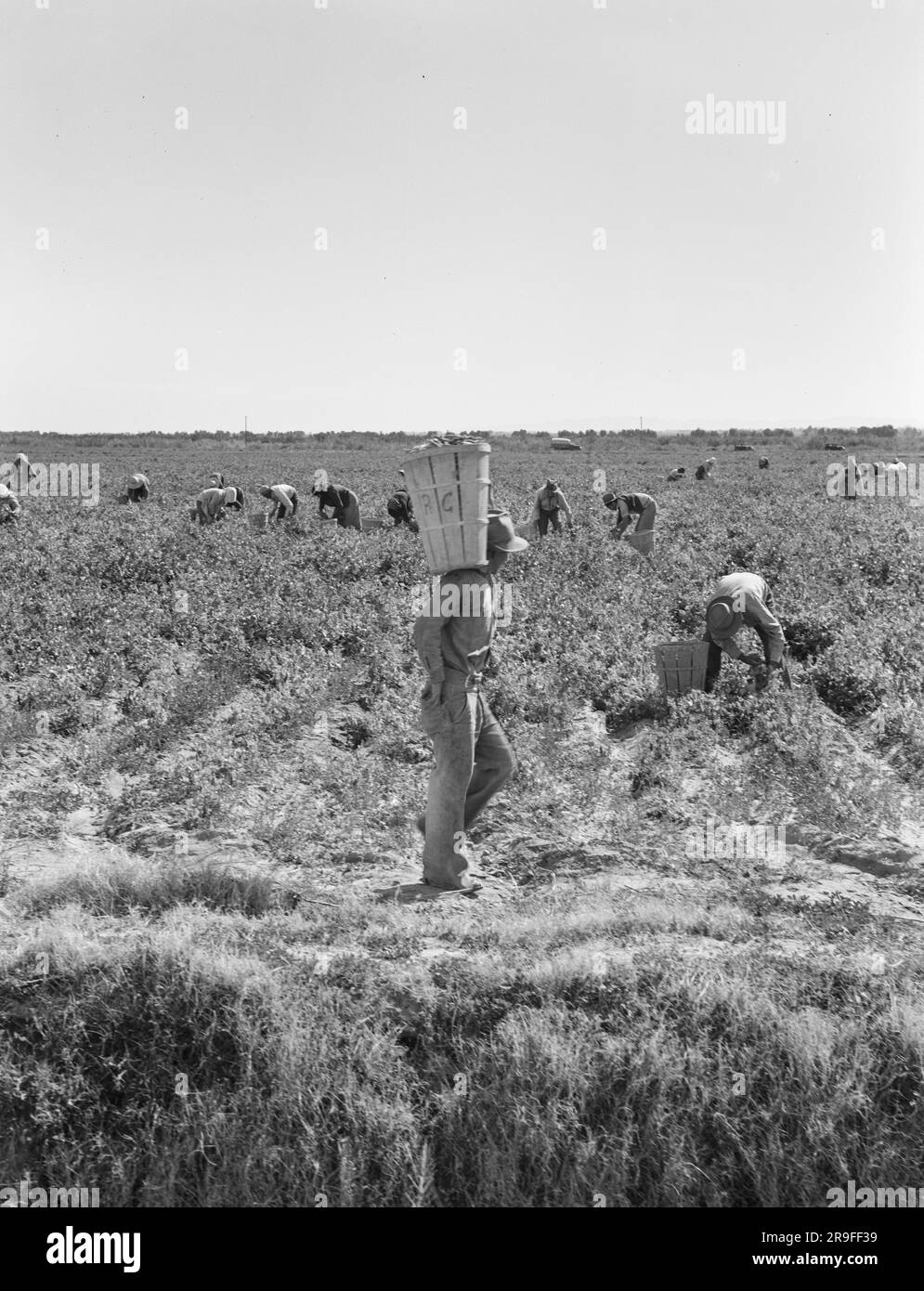Photographer Dorothea Lange photographs America during and after the Great Depression for the Farm Security Administration (FSA). Photograph by Dorothea Lange

Image details
Contributor:
American Photo Archive / Alamy Stock PhotoImage ID:
2R9FF39File size:
177.7 MB (8.6 MB Compressed download)Releases:
Model - no | Property - noDo I need a release?Dimensions:
6895 x 9006 px | 58.4 x 76.3 cm | 23 x 30 inches | 300dpiDate taken:
12 March 2021Location:
United StatesMore information:
This image could have imperfections as it’s either historical or reportage.
The Great Depression was a severe worldwide economic downturn that lasted from 1929 to the late 1930s. It was the most profound and longest-lasting economic depression of the 20th century. The Great Depression was triggered by the stock market crash on October 29, 1929, known as Black Tuesday, which caused a drastic decline in stock prices and wiped out billions of dollars in investments. During the Great Depression, there was a significant decrease in consumer spending, industrial production, and international trade. The unemployment rate skyrocketed as many businesses collapsed, leading to widespread job losses and financial hardships for millions of people. Banks failed, resulting in a loss of savings for individuals and businesses. Many farmers were devastated by the Dust Bowl, a severe drought and wind erosion in the Great Plains, which further exacerbated the economic challenges. The Great Depression had a profound impact on society, with poverty and homelessness becoming widespread. Many people resorted to living in makeshift communities known as Hoovervilles, named after President Herbert Hoover, who was in office when the economic crisis began. The government's response to the Great Depression included the implementation of various relief programs and reforms, such as President Franklin D. Roosevelt's New Deal, which aimed to stimulate the economy, provide jobs, and establish social welfare programs. The Great Depression came to an end in the late 1930s and early 1940s due to various factors, including increased government spending during World War II, which stimulated economic growth. However, its effects continued to be felt for years, shaping economic policies and leading to significant changes in financial regulations to prevent future crises.